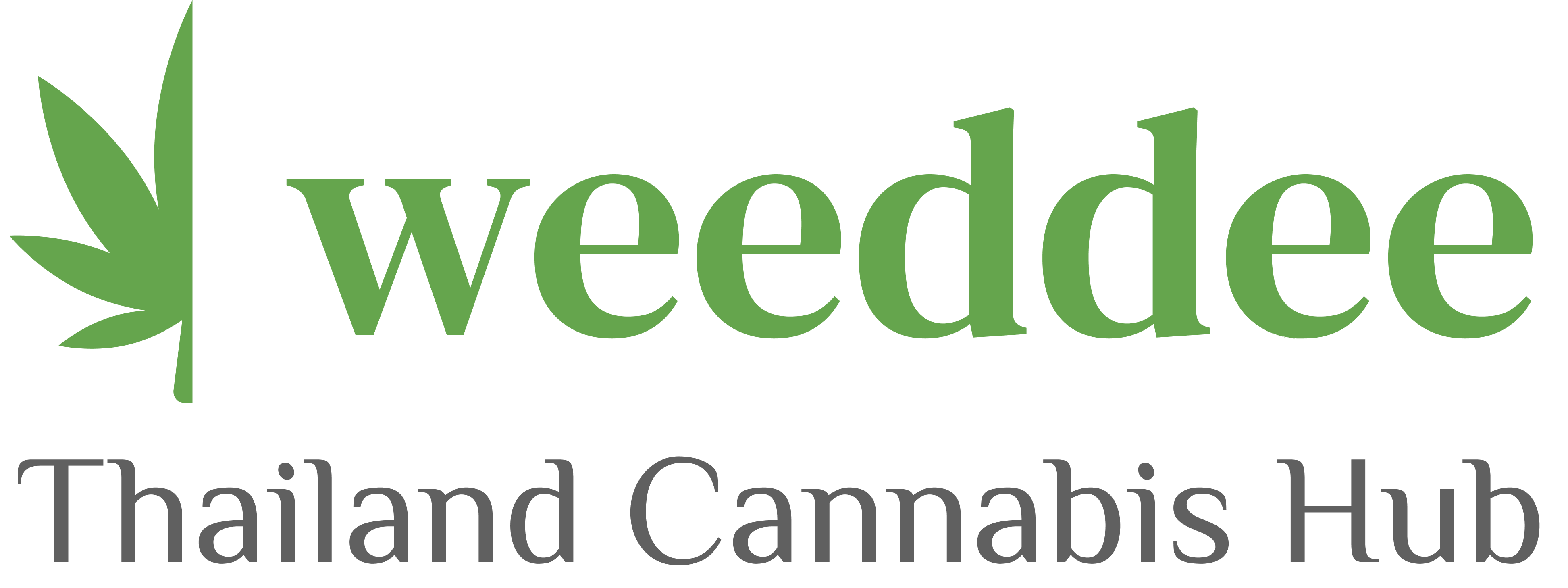Understanding Cannabis Product Labels in Thailand
Navigating the Complex World of Cannabis Product Labels in Thailand
As Thailand continues to pave the way for the legalization and regulation of cannabis, understanding the labeling requirements for cannabis products has become crucial for both retailers and consumers. Here’s a comprehensive guide to help you navigate the complex world of cannabis product labels in Thailand.
Regulatory Framework
The journey toward cannabis legalization in Thailand has been marked by significant milestones. Since the delisting of cannabis from the Category 5 Narcotics List on June 9, 2022, the country has seen an explosion of cannabis dispensaries and a flurry of new regulations.
The Ministry of Public Health and the Food and Drug Administration (FDA) have issued several directives to regulate the use of cannabidiol (CBD) and tetrahydrocannabinol (THC) in various products. For instance, the new law on CBD in Thailand mandates clear labeling of food products containing cannabis, hemp, or both, ensuring transparency and consumer safety.
Labeling Requirements for Food Products
When it comes to food products, the labeling requirements are stringent. Here are some key points:
- Clear Labeling: Food products must clearly label the presence of cannabis, hemp, or both. This includes specifying the permissible levels of CBD and THC. For direct consumer sales, such as condiments, the permissible levels are capped at 0.0028% for CBD and a maximum of THC.
- Warning Displays: Labels must caution against the overconsumption of cannabis or hemp and provide other vital information. Multiple applicable warnings can now be consolidated and displayed together.
- Expiration and Best-Before Dates: The labeling must clearly display the expiration date and best-before date, aligning with Codex standards. English equivalents are now permitted alongside Thai text.
THC Limitations and Public Usage
Products containing cannabis must adhere to strict THC limitations:
- THC Concentration: Products must not exceed a THC concentration of 0.2 percent. This is a critical distinction, as products with THC above this threshold are still considered drugs and are subject to different regulations.
- Public Usage: Consumption and smoking of cannabis in public spaces, including malls, schools, or large gatherings, are strictly prohibited. This ensures that the use of cannabis does not become a public nuisance.
Age and Health Restrictions
The sale of cannabis products is subject to several age and health restrictions:
- Age Restrictions: The sale of cannabis is forbidden to individuals under 20 years old. This is part of the broader effort to protect minors from the potential effects of cannabis.
- Health Restrictions: Sales are also prohibited to expectant or nursing mothers, and other specified groups. These restrictions are in place to ensure the safety and well-being of vulnerable populations.
Registration and Importation
For those looking to cultivate or import cannabis, there are specific guidelines to follow:
- Registration: Individuals cultivating marijuana in Thailand must register through the “Plook Ganja” app, managed by the FDA. This registration is mandatory but does not require a permit.
- Importation: Retailers can import cannabis, hemp, and related plant parts, but they must adhere to the stipulations of the 1964 Plant Quarantine Act and the 1975 Plants Act. Specific plant components classified as Category 5 Narcotics require explicit authorization before importation.
Compliance and Enforcement
To ensure compliance with the new regulations, businesses must take several steps:
- Labeling Compliance: Review current labeling practices against the new requirements and update labeling designs and information accordingly. This includes ensuring that labels are permanently affixed, proportionate to the packaging, and prominently displayed.
- Reporting Requirements: Dispensaries must submit monthly reports about the sourcing, selling, and inventory of cannabis flowers to the Department of Thai Traditional and Alternative Medicine (DTTAM). Failure to submit these reports can result in the suspension of the selling license.
Case Studies and Real-World Examples
The implementation of these regulations has real-world implications. For example, the Asia International Hemp Expo 2024, scheduled to take place in Bangkok, will feature over 200 companies and is expected to generate significant capital circulation. This event highlights the growing commercial interest in cannabis and hemp products, underscoring the need for clear and compliant labeling.
Tips for Consumers
For consumers, understanding the labels is crucial for making informed choices:
- Check the Label: Always check the label for clear indications of CBD and THC levels. Ensure that the product complies with the permissible levels and warnings.
- Consult Resources: If you are unsure about any aspect of the labeling, consult resources such as the Thai Weeddee directory or official government websites for the latest information.
- Follow Guidelines: Adhere to the age and health restrictions, and avoid consuming cannabis in public spaces.
Conclusion and Next Steps
Thailand’s progressive stance on cannabis legalization has opened up new opportunities but also introduces complex regulatory challenges. By understanding and adhering to the labeling requirements, businesses can ensure compliance and consumers can make informed decisions.
For more detailed information on cannabis shops and products in Thailand, visit the Thai Weeddee directory. Stay updated with the latest regulations and guidelines from reputable sources such as the Tilleke & Gibbins insights and the ConnectPOS guide on the new law on CBD in Thailand.
By navigating these regulations carefully, Thailand can foster a secure and thriving environment for the cannabis industry, benefiting both businesses and consumers alike.



